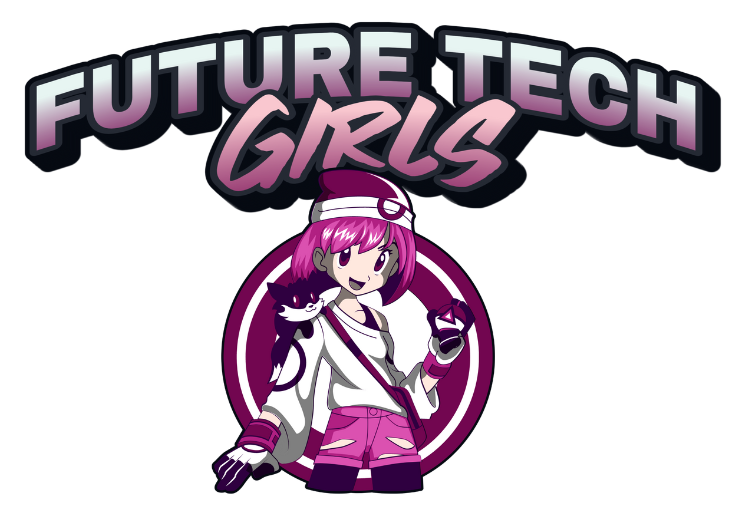The gaming industry has seen significant changes, particularly in representing different voices. Historically, video games were designed and marketed with a narrow audience in mind, often reinforcing stereotypes and limiting diverse perspectives. Today, this landscape is shifting as more voices contribute to game development, leading to richer storytelling and more inclusive gaming communities.
This shift is not just about increasing diversity within development teams. It also extends to the characters players see on-screen and how online communities evolve. Nearly 45% of gamers identify as women, so ensuring their perspectives are reflected in game design has become essential.
Inclusive gaming environments foster engagement, create meaningful interactions, and expand the industry’s reach to a broader audience.
How Diverse Perspectives Shape More Engaging Games
Bringing a variety of perspectives into game development enhances creativity and innovation. Female developers, in particular, have played a crucial role in designing games that cater to different player experiences. Instead of reinforcing traditional narratives, these developers introduce fresh storylines, multidimensional characters, and unique gameplay mechanics that resonate with wider audiences.
For example, a live blackjack game with customisable avatars and interactive dealer options can create a more personalised and engaging experience, appealing to a broader range of players. Similarly, many female-led studios have moved away from hyper-masculine themes, focusing instead on storytelling that appeals to a diverse player base.
Games featuring strong female leads, non-binary characters, or protagonists with compelling backstories provide more players with an opportunity to connect with the content. Research shows that inclusive representation in media can improve player engagement, leading to longer play sessions and increased retention.
The Impact of Female-Led Game Studios
The rise of female-led game studios has brought a wave of change to the industry. These studios focus on creating content that breaks away from outdated tropes and fosters more inclusive storytelling. A notable example is the success of narrative-driven games prioritising character depth and emotional engagement over action-heavy sequences.
Developers from diverse backgrounds bring different experiences to game creation, which results in varied art styles, story arcs, and mechanics. This variety enhances gaming culture by offering players new ways to interact with virtual worlds.
As the industry recognises the value of these contributions, it continues to expand its approach to game development, making gaming more welcoming for everyone.
Character Design That Appeals to Broader Audiences
Character representation plays a significant role in shaping the player experience. Games that feature a wide range of characters allow more players to see themselves reflected in the worlds they explore. This can be seen in role-playing games, where character customisation options have expanded to include diverse skin tones, body types, and gender identities.
Developers who prioritise inclusive design ensure that characters are not just secondary figures but integral parts of the game. Research suggests that when players relate to their in-game avatars, they experience stronger emotional connections, which enhances immersion. Offering diverse representation also challenges long-standing stereotypes, making gaming spaces more accessible to new audiences.
The Importance of Supportive Gamer Networks
Beyond game development, online communities play a crucial role in shaping the gaming experience. Safe and inclusive spaces encourage players to participate more actively, strengthening community engagement. Many gaming groups now focus on creating welcoming environments for underrepresented players, fostering positive interactions and reducing harassment.
Support networks within gaming help new players feel included, providing mentorship and a space for discussions. Women in gaming have built networks that highlight achievements, offer career advice, and push for better industry practices. These communities enhance the experience for existing players and encourage more people to explore gaming as a hobby or career.
Innovations That Enhance Accessibility in Gaming
Ensuring that games are accessible to a broader audience has become a key focus in the industry. Developers are integrating features that cater to different needs, improving usability and overall player experience. Adjustable difficulty settings, colourblind modes, and voice control options are standard in many modern titles. These innovations allow players of all skill levels and backgrounds to enjoy gaming without unnecessary barriers.
Incorporating real-time interaction into gameplay has also made gaming more engaging. Features such as adaptive AI, customisable controls, and text-to-speech functionality have improved how players experience different game genres. These advancements enhance immersion and ensure that games remain enjoyable for a broader audience.
Developers who prioritise accessibility are not just expanding their player base—they are also contributing to a more inclusive gaming culture. Today, it’s not rare for games to consider different players’ needs to promote participation, reduce exclusion, and create an industry that welcomes everyone. As technology advances, accessibility-focused innovations will continue to shape the future of gaming.
Conclusion
Representation in gaming is not just about visibility. It transforms the industry by enriching narratives, diversifying communities, and ensuring all players feel valued. As gaming continues to evolve, embracing inclusive perspectives will drive further innovation, making the experience more dynamic and welcoming for everyone.




More Stories
Parental Monitoring and Teen Autonomy: Finding the Right Balance
The Vital Role Played by a Hired Smart Contract Auditor
How to Win on Slot Machines